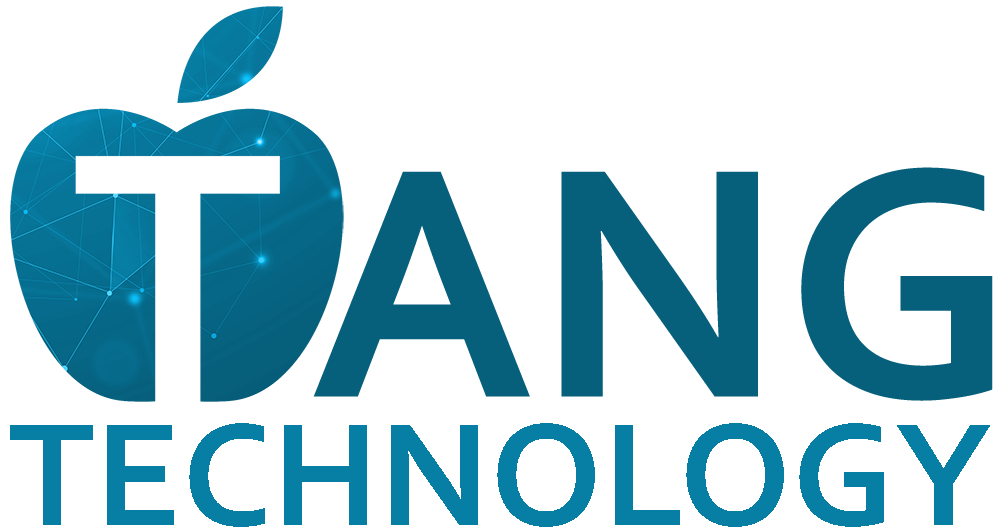Selecting the right Learning Management System (LMS) is a pivotal decision for any organization delivering digital training. Whether you’re educating employees, partners, or customers, your LMS can make or break the learning experience. Unfortunately, the sheer number of options and complexity of the platforms can make it hard to know where to start.
That’s why a structured, methodical approach is essential. Tang Technology uses a four-step LMS selection framework that simplifies the process—from setting your requirements to successful implementation. This roadmap is designed to help learning and development (L&D) professionals, HR teams, and business leaders choose a system that supports their goals and optimizes the user experience.
Step 1: Define Clear Requirements
Every successful LMS search begins with a well-defined list of requirements. Start by asking a simple but critical question: What must the LMS do to support our mission?
Requirements should be grouped into three categories:
- Must-haves – Non-negotiables that the LMS must support
- Should-haves – Important features that add value but aren’t essential
- Nice-to-haves – Features that would be helpful but are not deal-breakers
Your mission and audience will shape this list. For instance, if you serve a global learner base, multilingual support and a seamless user interface become essential. If your users are in the field, a mobile interface could be must-have. Also remember to collaborate across departments—IT, L&D, business units, and user support teams—to ensure a 360-degree view of requirements.
Step 2: Targeted RFP
RFP (Request for Proposal) can be a scary term. It often implies lengthy, time-consuming submissions and revisions. The Targeted RFP, on the other hand, uses industry knowledge and experience to quickly narrow down the search and selection process by considering two aspects of the project:
- LMS Category
- Unique Requirements
LMS Category
Not all LMS platforms are designed for the same use case. Your requirements reveal what type of LMS you need. The LMS landscape generally includes three main categories:
- Academic LMSs – Designed for formal education settings with features like grade books, assignments, and instructor-led course management.
- Professional Development LMSs – Used by organizations to train internal staff, often with user segmentation by role, department, or job level.
- B2C Sales LMSs – Built for delivering learning to external audiences. These platforms often support public course catalogs, marketing tools, and integrated shopping carts.
Unique Requirements
Tang Technology has completed a lot of LMS projects. Every project has some of the same requirements (SCORM, completion reporting, batch enrollment, etc.). These are fundamental features of a modern LMS. However, every project also has some unique requirements that will be challenging to solve. Focus on these more unique requirements that are a must have to differentiate potential LMS vendors.
Once you’ve identified your LMS category and any unique requirements, issue a targeted RFP to a shortlist of vendors. Include your “must-have” requirements and ask for demos, case studies, and proof of compatibility. We also highly recommend you get a sandbox environment to get first-hand experience on navigating the user and administrative side of the platform.
Step 3: Select the Best-Fit Platform
Each LMS in your targeted RFP needs a graded scorecard. The scorecard lists your must-have requirements and is used by a cross-section of stakeholders to rate each platform. The rating can occur in a group demo or each stakeholder can be given sandbox access.
Now that you’ve gathered input and scored each LMS, it’s time to make a decision. Remember: no platform is perfect. The goal is to find the one that best meets your critical needs—ideally with room to grow.
When comparing options, look at both the numbers and the context. Consider:
- Which platform scored highest on your must-haves?
- What are the trade-offs (e.g., lower cost vs. fewer advanced features)?
- What LMS company do we want to work in the long term?
Step 4: Implement with Care and Precision
With your LMS selected, the next step is implementation. This stage often reveals technical and user experience challenges that weren’t visible during demos (that is why the sandbox evaluation is so important).
Key considerations during implementation include:
- User experience: Ensure easy navigation, clear workflows, and fast onboarding.
- Structure configuration: Design catalogs, departments, learning plans, etc. that match your organizations learning structure
- Data/content migration: Determine what data and content gets moved to the new system then move and validate it
- Training: Ensure you internal admins and support teams have the knowledge and resources they need
These four-steps will get you on the right path, but selecting and implementing an LMS is not an easy task. If you’re navigating the LMS selection process and want expert guidance, we’re here to help.

